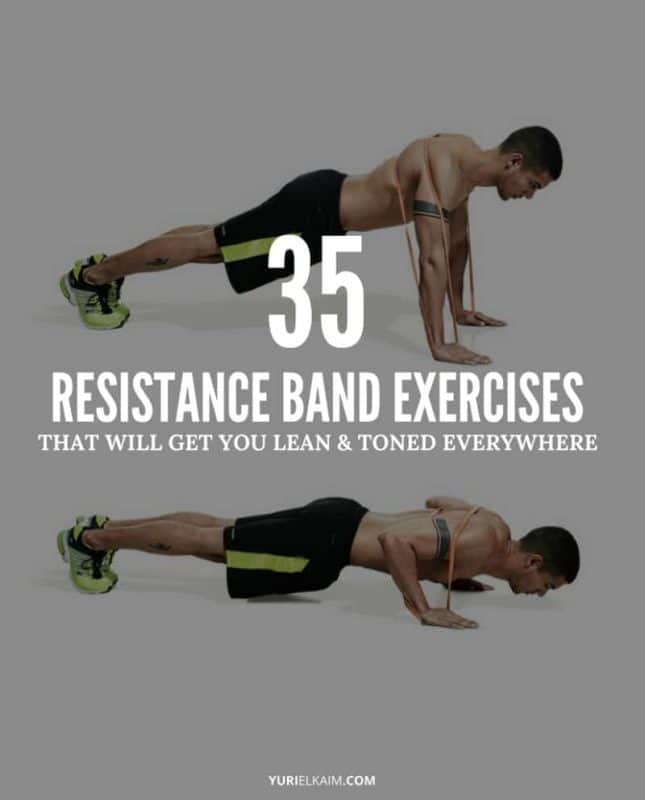resistance bands
How to Get Toned Using Resistance Bands
Ready to get toned? Look no further than resistance bands! These portable and versatile tools are the perfect solution for achieving a sculpted physique without the need for bulky gym equipment. Wondering if resistance bands alone can do the trick? Well, you’re in luck because we’re about to show you how these rubberized wonders can help you achieve the toned body you’ve always wanted. Say goodbye to expensive gym memberships and hello to a more convenient and effective way of working out. Let’s dive right in and discover the secrets of getting toned using resistance bands.
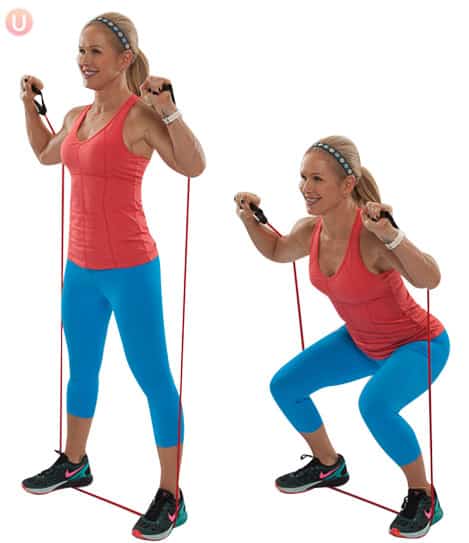
Choosing the Right Resistance Bands
When it comes to choosing the right resistance bands for your workouts, there are a few factors to consider. First, you need to evaluate the different types of resistance bands available. There are usually three main types: loop bands, therapy bands, and tube bands. Loop bands are great for lower body exercises and can be easily wrapped around your thighs or ankles. Therapy bands are typically flat and are often used in physical therapy or rehabilitation settings. Tube bands, on the other hand, are versatile and can be used for a wide range of exercises.
After considering the different types, you’ll also need to select the appropriate resistance level. Resistance bands typically come in various colors or levels of resistance. It’s important to choose a band with the right amount of tension that challenges your muscles without causing strain or injury. Start with a lighter resistance band if you’re a beginner and gradually work your way up as your strength improves.
Another important factor to consider is durability and quality. Look for resistance bands that are made from high-quality materials, such as natural latex or heavy-duty rubber. These bands are more likely to withstand regular use and resist snapping or breaking. Additionally, check for reinforced stitching or handles to ensure longevity and ease of use. Investing in a durable set of resistance bands will save you money in the long run and prevent frustration from having to constantly replace them.
Understanding the Benefits of Resistance Bands
Resistance bands offer a wide range of benefits that can help you achieve your fitness goals. One of the main advantages is their versatility for full-body workouts. With resistance bands, you can target multiple muscle groups and perform exercises that engage both your upper and lower body. From bicep curls to squats, lunges, and glute bridges, resistance bands can provide resistance in various directions and angles, making them a great option for a comprehensive workout routine.
Another benefit is that resistance bands provide constant tension throughout the exercise, which helps improve muscle engagement. Unlike free weights or machines, where the load may vary during different parts of the movement, resistance bands maintain tension from start to finish. This constant tension not only promotes muscle growth but also helps improve strength and endurance.
Additionally, resistance bands are excellent tools for developing core stability and abdominal strength. By incorporating exercises like crunches, Russian twists, and plank variations, you can target your core muscles and improve overall balance and stability. Resistance bands add an extra challenge to these exercises by providing resistance in multiple directions, forcing your core muscles to work harder to maintain stability.
Creating an Effective Resistance Band Workout Routine
To maximize the benefits of resistance bands, it’s important to create an effective workout routine. Start by warming up and stretching your muscles to prepare them for the upcoming workout. This will help prevent injuries and increase flexibility. Dynamic stretches, such as arm circles and leg swings, are great for warming up with resistance bands as they help activate your muscles.
Next, you’ll want to target different muscle groups during your workout. Resistance bands can be used to work out your upper body, lower body, and core. For the upper body, exercises like bicep curls, tricep extensions, and shoulder presses can effectively build strength in your arms, shoulders, and back. For the lower body, squats, lunges, and glute bridges target your quads, hamstrings, and glutes. Lastly, for your core, include exercises like crunches, Russian twists, and plank variations to strengthen your abs and obliques.
To make your workouts more challenging and efficient, consider performing compound exercises. Compound exercises involve multiple muscle groups and mimic functional movements. Examples include squat to shoulder press, lunge with bicep curl, or plank with row. These exercises not only target multiple muscle groups simultaneously but also increase calorie burn and promote overall muscle development.
Working on Upper Body Strength
Resistance bands can be extremely effective for working on upper body strength. The following exercises specifically target the muscles in your arms, shoulders, and back.
Bicep Curls
Hold the resistance band with your palms facing up and step on the band with one foot, keeping your knees slightly bent. Start with your arms fully extended, then bend your elbows and curl the band towards your shoulders. Control the movement as you slowly release your arms back to the starting position.
Tricep Extensions
Stand on the resistance band, gripping one end with both hands. Keep your palms facing down and raise your arms straight above your head. Bend your elbows and slowly lower the band behind your head, feeling the stretch in your triceps. Extend your arms back up to complete one repetition.
Shoulder Press
Step on the resistance band and hold the other end with both hands. Bring your hands up to your shoulders, with your palms facing forward. Push the band up towards the ceiling, fully extending your arms. Lower the band back to shoulder level and repeat the movement.
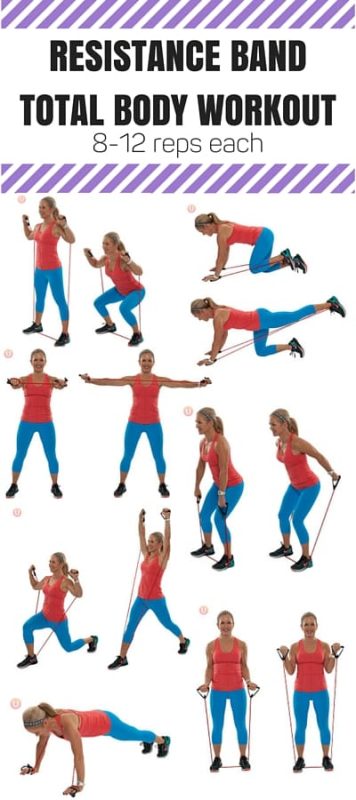
Developing Lower Body Strength
Resistance bands are excellent tools for developing lower body strength, targeting muscles such as the quads, hamstrings, and glutes. Incorporate the following exercises into your routine:
Squats
Place the resistance band just above your knees and stand with your feet hip-width apart. Squat down, keeping your chest lifted and knees tracking over your toes. As you stand back up, push against the resistance band, engaging your glutes and outer thighs.
Lunges
Step one foot forward and place the resistance band just above your knees. Lower your body into a lunge position, making sure your front knee stays in line with your ankle. Push through your front heel to stand back up, engaging your glutes and hamstrings. Repeat on the other side.
Glute Bridges
Lie down on your back with your feet flat on the ground, hip-width apart. Place the resistance band just above your knees. Engage your glutes and lift your hips off the ground, creating a straight line from your knees to your shoulders. Squeeze your glutes at the top of the movement, then lower your hips back down.
Building Core Stability and Abdominal Strength
Resistance bands can be incredibly effective for building core stability and abdominal strength. Incorporate the following exercises into your routine:
Crunches
Lie on your back with the resistance band wrapped around your feet. Bend your knees and place your hands behind your head. Engage your core and lift your upper body off the ground, curling your shoulders towards your knees. Slowly lower back down and repeat the movement.
Russian Twists
Sit on the ground with your knees bent and feet lifted off the ground. Hold the resistance band with both hands and twist your torso from side to side, bringing the band towards the ground on each side. Engage your core throughout the movement to maintain stability.
Plank Variations
Wrap the resistance band around your wrists and get into a plank position, either on your hands or forearms. Engage your core and make sure your body forms a straight line from your head to your heels. Hold the position for a specific duration or incorporate movements such as shoulder taps or knee tucks to challenge your stability further.
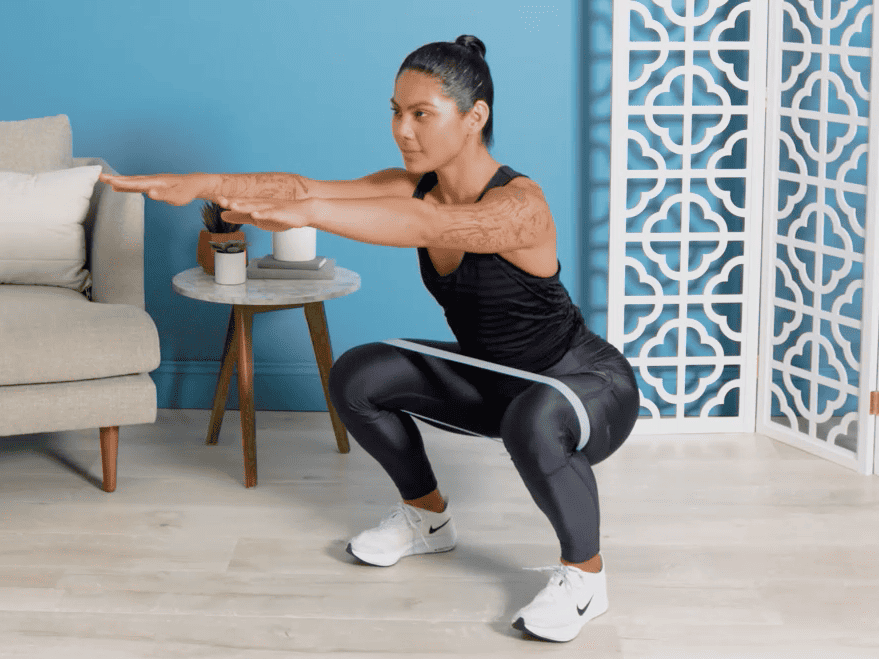
Incorporating Resistance Bands into Cardio Workouts
Resistance bands can also be incorporated into cardio workouts to add an extra level of intensity. The following exercises can elevate your heart rate while engaging different muscle groups:
Jumping Jacks
Stand on the resistance band with your feet hip-width apart, holding the other end with both hands. As you jump your feet apart, raise your arms out to the sides, extending the band. Return to the starting position and repeat the movement for a specific number of repetitions.
Burpees
Stand on the resistance band with your feet hip-width apart and hold the other end with both hands. Lower into a squat position, then jump your feet back into a plank position. Jump your feet back towards your hands and explode into an upward jump, pulling the band towards the ceiling. Repeat the movement for a specific number of repetitions.
Mountain Climbers
Wrap the resistance band around your ankles and get into a plank position. Engage your core and bring one knee towards your chest, then quickly switch to the other knee. Continue alternating legs in a jogging motion while maintaining the plank position.
Utilizing Resistance Bands for Rehabilitation and Injury Prevention
Not only are resistance bands great for fitness enthusiasts, but they can also be invaluable tools for rehabilitation and injury prevention. Here’s how you can incorporate resistance bands into your rehabilitation routine:
Improving Joint Stability
Resistance bands can help improve joint stability by targeting the muscles surrounding the joint. For example, if you’re recovering from a knee injury, you can wrap the band around your thighs and perform exercises like side leg lifts or clamshells to strengthen the muscles around your knee joint.
Rehabilitating Injured Muscles
Whether you’re rehabilitating a strained muscle or recovering from surgery, resistance bands can help in the healing process. Start with a lighter resistance band and gradually increase the tension as your muscle strength improves. Perform exercises that focus on range of motion and gentle resistance to gradually rebuild strength in the injured muscle.
Incorporating Bands into Physical Therapy Exercises
Resistance bands are commonly used in physical therapy exercises to improve strength, mobility, and flexibility. Physical therapists often prescribe exercises like external rotations for the shoulders, side leg lifts for the hips, or ankle dorsiflexion exercises to aid in recovery and rehabilitation. By using resistance bands, patients can gradually progress their exercises and regain strength and function over time.
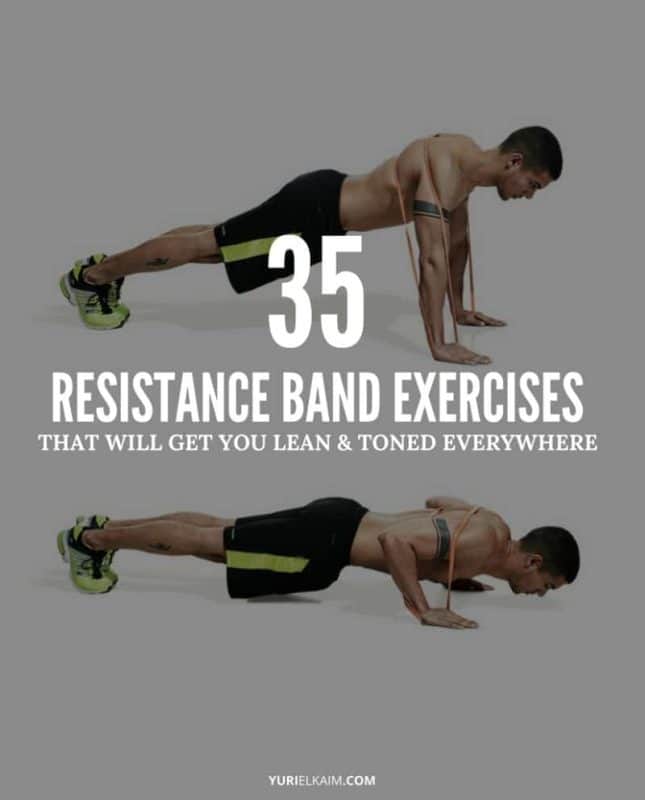
Progressing Your Resistance Band Workouts
As you become more comfortable and stronger with resistance bands, you can progress your workouts by:
Increasing Resistance Levels
Invest in a set of resistance bands with different levels of resistance to easily progress your workouts. As you get stronger, gradually increase the tension of the bands to challenge your muscles further. This will help promote continued muscle growth and prevent plateauing.
Adding More Repetitions and Sets
Once you’re able to complete a certain number of repetitions and sets comfortably, consider adding more to your routine. Increase the number of repetitions for each exercise and add additional sets to provide an extra challenge to your muscles. However, listen to your body and ensure you’re still able to perform the exercises with proper form and without experiencing pain.
Exploring Advanced Exercises
Once you’ve mastered the basic resistance band exercises, you can explore more advanced movements to further enhance your strength and endurance. For example, you can incorporate exercises like pistol squats, single-arm rows, or single-leg Deadlifts. These exercises challenge your stability and engage multiple muscle groups simultaneously.
Remember to always consult with a fitness professional or trainer to ensure you’re using proper form and technique when progressing to more advanced exercises.
Maintenance and Care for Resistance Bands
To ensure the longevity of your resistance bands and prevent injuries, it’s important to properly maintain and care for them:
Cleaning and Maintenance
Regularly clean your resistance bands to remove any sweat or dirt that may accumulate during your workouts. Wipe them down with a damp cloth and mild soap, then air dry. Avoid using harsh chemicals or abrasive materials that may damage the bands.
Storing and Proper Handling
Store your resistance bands in a cool, dry place away from direct sunlight. Avoid storing them near sharp objects that could puncture or damage the bands. When handling the bands, be mindful of your grip and avoid stretching them beyond their capacity to prevent snapping or breaking.
Monitoring for Wear and Tear
Regularly inspect your resistance bands for any signs of wear and tear, such as small tears or frayed edges. If you notice any damage, it’s best to replace the band to prevent accidents or injuries during your workouts. Always prioritize safety and replace your resistance bands if they show signs of significant wear or damage.
By following these maintenance and care tips, you can ensure that your resistance bands remain in good condition, allowing you to continue enjoying the benefits of resistance band workouts for a long time.
In conclusion, resistance bands are an excellent tool for achieving your fitness goals, from building strength and endurance to improving flexibility and stability. By choosing the right resistance bands, understanding their benefits, and creating an effective workout routine, you can optimize your results and enjoy a well-rounded fitness program. Whether you’re a beginner or an advanced fitness enthusiast, resistance bands can be customized to suit your needs and help you get toned and fit. Remember to always listen to your body, practice proper form, and consult with a professional if needed. So, grab your resistance bands, get moving, and have fun on your journey to a healthier and stronger you!


